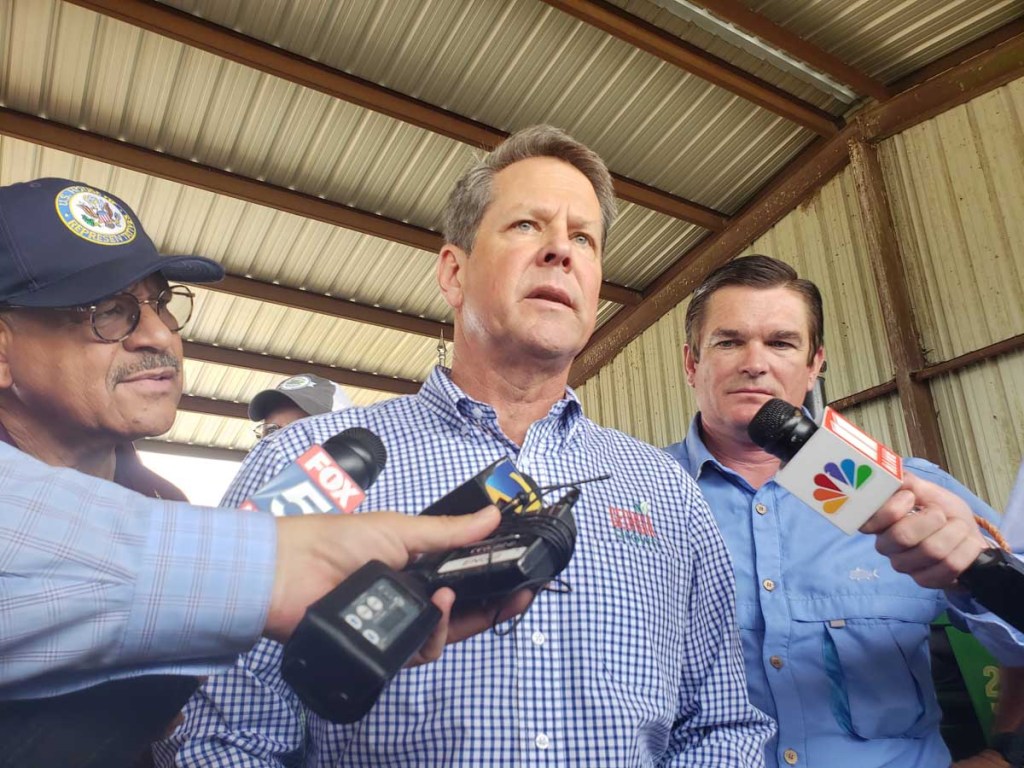2019 a year of ups, downs for farmers
Published 7:37 pm Tuesday, December 17, 2019

- U.S. Rep. Bishop, Gov. Brian Kemp and U.S. Rep. Austin Scott circled up with members of the press to answer questions about disaster relief during a visit to Bart Davis's farm near Doerun Friday, June 7.
MOULTRIE, Ga. — The 2019 agricultural year has certainly yielded some ups and downs, having seen the county through a hurricane’s aftermath, a drought and a good cotton crop.
“The growers produced a good cotton crop this year,” said UGA County Extension Coordinator Jeremy Kichler. “Cotton yields from research demonstrations and from conversations with growers ranged from 2 to 2.5 bales per acre depending on yield environment. Cotton prices have been a challenge this year from a marketing standpoint.”
Trending
According to UGA production budgets, variable costs of irrigated cotton production was $553 per acre.
“If you add in the fixed costs of production the total cost of production would be $847 per acre. This does not include land rent,” Kichler said. “If you yield 1,200 pounds per acre the break even price would be $.71 per pound. These production budgets will be updated very soon for the upcoming 2020 production year. Currently cotton prices are in the upper sixties.”
Colquitt County experienced a moderate drought this year, which brought some damage to crops and pastures.
“Area growers also had good peanut yields depending on yield environment and how much stress was endured during the year. Growers faced several periods of time of intense heat and dry weather impacting cotton and peanut yields in 2019,” said Kichler.
Farmers and growers have also been awaiting the arrival of the Hurricane Relief Funds. Hurricane Michael in October 2018 did significant damage throughout Southwest Georgia, and relief money was tied up until May 2019 in a dispute between Congress and the president.
Most of the approved funds have been paid out already, but some are still waiting to be processed, according to the Farm Service Agency of Georgia.
Trending
“We’ve got several programs that have funding that we’ve been administering,” said Brett Martin, chief of farm programs at the Farm Service Agency of Georgia.
“We have what’s called Wildfire Hurricane Indemnity Plus program that pays primarily for crop losses,” Martin said. “We also have a policy called the Noninsured Crop Disaster Assistance program that helped with Hurricane Michael. All the programs are implemented. There are some people who have applied that we are still processing, so they haven’t been paid yet, but by now, a lot of people have been paid their relief aid.”





